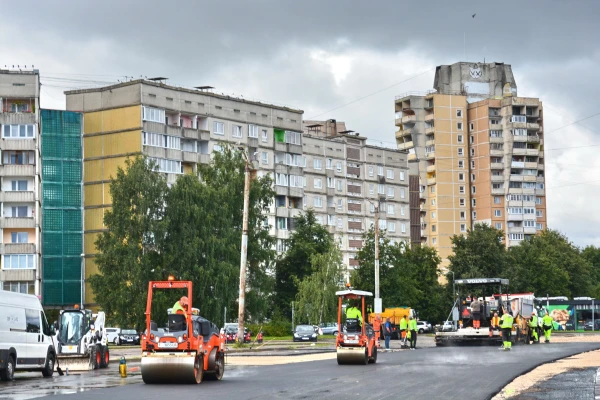
In 2025, it was planned to repair 48 streets in Riga, but 75% of the intended work was completed – the rest will be carried over to next year. Why?
Kristaps Kauliņš, the Director of the Department of Environment and Mobility, explained to the deputies that sometimes the process is delayed due to the tendering for the work, and at other times due to the need for access to utilities.
The Price of the Issue
According to a huge table sent by officials to the members of the City Council's Committee on Communications and Transport, the most extensive repair was of the Ganibu Dambis. Its cost was €1,674,318.32 for 42,656 sq. m. Completion is at 95%, and currently, adjustments to utility manholes, landscaping, gravel laying on pathways, and road marking are taking place.
Next in terms of cost is the repair of Vecakju Avenue, where asphalt was laid on 20,998 sq. meters for €630,045.90. The work is fully completed. Rounding out the top three is the repair of Kleistu Street over a similar area of 20,942 sq. m. but for €523,086.77.
The difference, as we can see, is significant – which is particularly interesting since the work was carried out by the same large construction company! In general, Mr. Kauliņš believes that it is necessary to encourage businesses to work in the city. There is a promising model – public-private partnership (PPP).
"At zero" this year with the planned reconstruction of the pavement on Jelgavas Street, 3% was done on Tadaikju Street, and 10% on Baldones and Vainedes Streets.
Pēteris Sabliņš, Deputy Director of the Department of Engineering and Technical Issues, explained that each repair should be preceded by design work.
Deputy Ringolds Balodis ("Latvia First") asked why there are many capitals in Europe with similar climates, but only here do we have such poor quality asphalt?
– If we look at Riga over the last 10 years, excluding the last 4 years, too little money has been invested in infrastructure, – believes K. Kauliņš. He also thinks that "patch repairs" with cold asphalt, which were previously practiced in the city, is the wrong technology. It is necessary to cut "squares" – milling, cleaning, careful laying of hot asphalt.
Currently, the Department is using a vehicle with a built-in camera equipped with an artificial intelligence system that maps potholes. This way, a map of upcoming work is being formed.
.jpg)
Repairs of 2025: how it was, how it is now. Photo by the author
"Death Street"
– We fully understand that the streets are in critical condition, – commented P. Sabliņš. – First are the streets where public transport runs, second are those where educational and sports institutions are located.
Mr. Kauliņš himself enjoys riding a bicycle and even tries it on Krišjāna Barona Street, which is sometimes referred to as "Death Street." Well, nothing special, he feels comfortable.
They also talked about intra-block repairs. The Director of the Department said that "he cannot predict the results, there is a lot of work." But work is being done! And your author can confirm this with the example of the completely criminal potholes that were finally patched in the Purvciems courtyard on Ilūkstes Street.
Mr. Kauliņš also talked about his experience using pedestrian crossings. He likes the tunnel system at the Central Station and discussed at length how the traffic lights on January 13 Street change, how the tram passes, etc. In general, we have a head of the transport department who is knowledgeable not only as a driver but also as a cyclist and pedestrian. The director is also in contact with the residents' associations on the outskirts: "You open the Georiga map, check if everything is in order."
But in general, K. Kauliņš complained, we are currently living in a time of "urban legends" that are actively spread through social networks...
"The roadway is being repaired, the sidewalks are deteriorating"
This was stated by Marta Kotello, chair of the City Council committee from the "Progressives." After all, the same renowned camera with artificial intelligence only scans the roadway.
– We still have a lot to do to be leaders in this area, – modestly commented K. Kauliņš. On her part, Inese Voika from the "New Unity" pointed out the State Audit Office's review – there has been ineffective and uneconomical spending of funds on road repairs in Riga.
K. Kauliņš said that there is still external funding (European Union), and one can take risks by making "high readiness" projects with relatively small participation from the municipality. He believes it is best to plan for the medium term – 3-4 years. As for next year, we are expecting repairs on major roads such as Mukusalas and Latgales Streets (formerly Moscow Street).
Your author asked how it happened that the Esplanade is full of chipped tiles laid 40 years ago by a student construction brigade. You can't pass with a stroller, on a scooter, and even walking can be risky. But here Mr. Kauliņš disappointed – this is not a square but a park, and it is under the management of the Department of Housing and Environment, as well as the municipal enterprise Rīgas Meži. Such fragmented infrastructure we have!
"We have chaos and disorder!"
"A good example is Tālina Street," – this opinion about the comprehensive reconstruction of the urban artery was expressed by K. Kauliņš. He believes that after the repair, traffic has become calmer, and accessibility for people has improved. However, after many years of neglect of asphalt quality – "the deficit is still large."
Meanwhile, the deputy from the National Alliance, Lauris Erenpreiss, brought up the risks that people face at crossings in Riga – accidents happen frequently. "I myself have been in such situations, stopping at the last moment; everyone wants to get home faster. People have accumulated fatigue. Elderly people behind the wheel. He stands by his rusty car in the parking lot, doesn’t remember the number. What kind of control do we have? Does anyone check for alcohol on Monday morning? We have chaos and disorder!"
Therefore, the deputy believes that it is impossible to arrange a regular, above-ground crossing on January 13 Street. To this, Marta Kotello said that the Municipal Police has the right to take alcohol samples, and such checks should become a priority.
Finally, Mr. Kauliņš mentioned that together with the Railway Administration, he intends to delve into the safety of crossings in the urban area. The sound signaling alone costs €200,000-250,000. The problem is clear, but: "There is no money tree."
WHAT ABOUT THE CROSSING
Currently, work of "high priority" is underway in Riga to equip 3 pedestrian crossings. The most significant will be the passage from the Cathedral to the Cabinet of Ministers, with a gap in the fence already prepared. A total of €45,000 will be spent on these crossings.


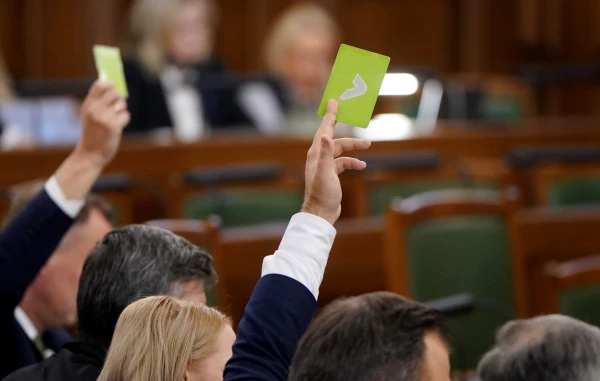
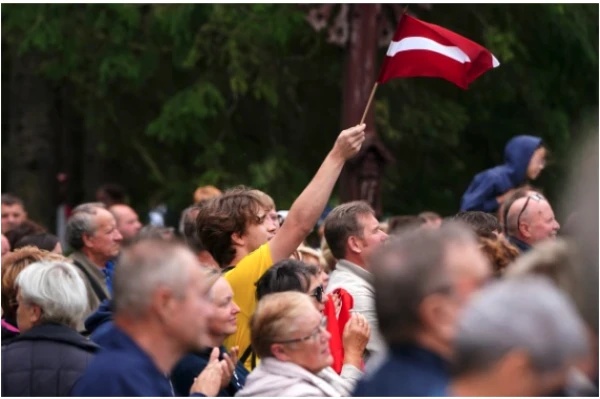
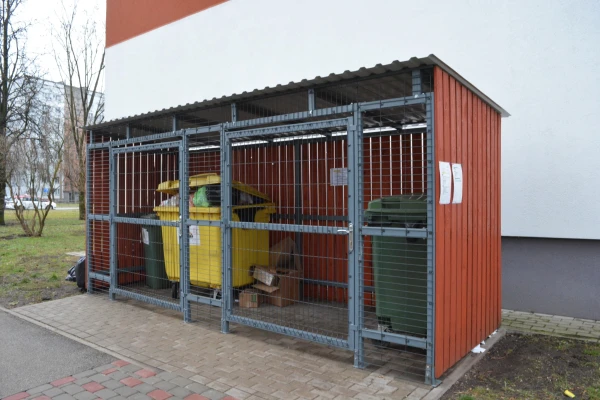
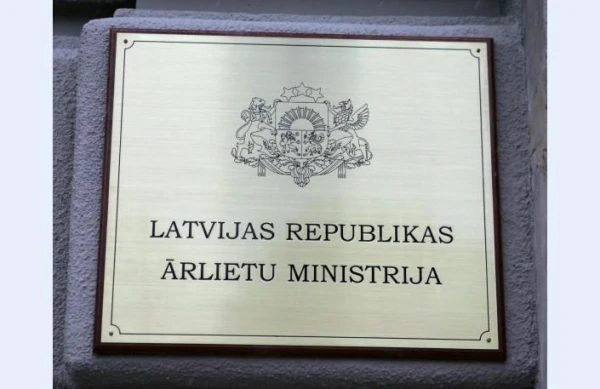
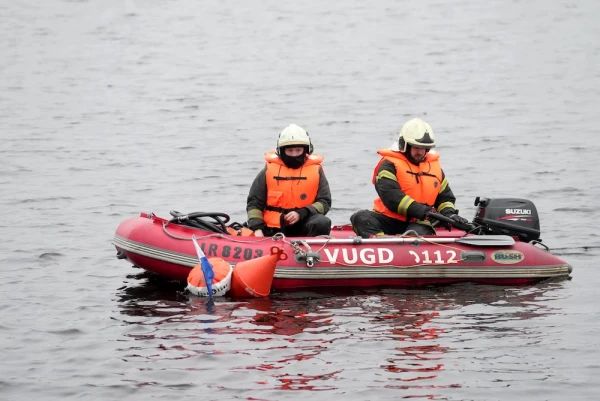



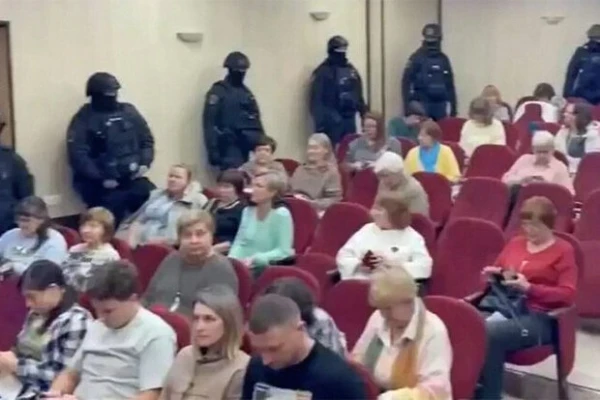




Leave a comment